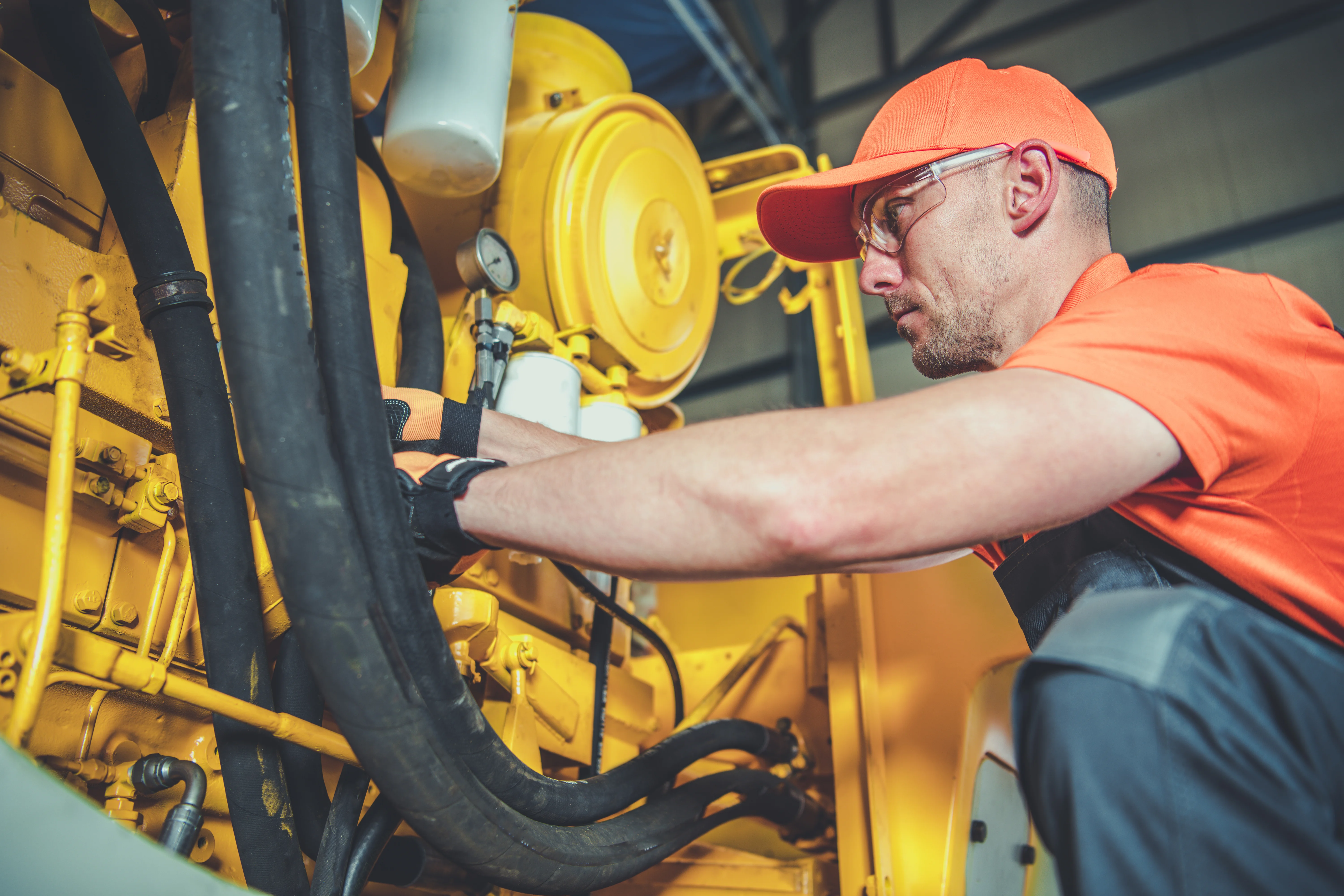In the dynamic landscape of construction, optimizing Return on Investment (ROI) is paramount for construction companies seeking sustained success and profitability. As the heartbeat of progress in the industry, construction equipment plays a pivotal role in project efficiency, timelines, and overall operational excellence. As a trusted road construction machinery dealer, Smit Corporation understands the pivotal role equipment plays in project profitability. This blog explores five proven strategies to optimize construction equipment utilization and boost ROI.
Table of Contents
Understanding ROI in Construction
Understanding Return on Investment (ROI) in construction is essential for companies aiming to make informed decisions about their financial investments and operational strategies. In the construction industry, ROI serves as a crucial metric, gauging the efficiency and profitability of capital expenditures. For construction firms, a comprehensive understanding of ROI involves considering factors such as equipment costs, labor expenses, project timelines, and overall project success. By deciphering the intricacies of ROI in construction, companies can strategically allocate resources, identify areas for improvement, and ultimately ensure sustainable growth and profitability in a competitive industry landscape.

Challenges in Equipment Utilization
Navigating the complexities of construction operations involves a continual struggle to optimize equipment usage. Construction professionals are confronted with multifaceted challenges, ranging from the meticulous selection of appropriate machinery to the ongoing battle against downtime. Smit Corporation empathizes with the distinct hurdles faced by the industry. Addressing these challenges head-on is crucial for unlocking the full potential of construction equipment and ensuring a positive impact on ROI.
Tips to Maximize ROI on Construction Equipments
1. Strategic Equipment Selection:
Choosing the right equipment is the cornerstone of efficient construction. The meticulous process of choosing the right machinery goes beyond mere functionality; it involves aligning the equipment with the specific needs and demands of the project at hand. By carefully evaluating factors such as project scope, terrain, and operational requirements, construction professionals can make informed decisions that resonate with long-term success. This strategic approach not only enhances the overall effectiveness and efficiency of operations but also ensures that the chosen equipment is a catalyst for optimal performance and, ultimately, a significant boost to the project’s ROI.

2. Efficient Scheduling and Planning:
Efficient scheduling and planning form the cornerstone of maximizing Return on Investment (ROI) from construction equipment. In the dynamic realm of construction, the strategic effectiveness of tasks and timelines directly impacts the overall efficiency of equipment utilization. By meticulously planning project timelines, allocating resources judiciously, and synchronizing various construction activities, companies can ensure that their equipment operates at optimal levels. This not only minimizes downtime but also enhances productivity, allowing construction professionals to achieve project milestones in a timely and cost-effective manner. Efficient scheduling and planning empower construction teams to make the most of their equipment, ultimately contributing to a substantial positive impact on ROI by streamlining operations and delivering projects with precision and effectiveness.
3. Proper Training for Personnel:
Ensuring that machine operators receive comprehensive and proper training is fundamental to maximizing the efficiency and longevity of construction equipment. Adequate training empowers operators with the skills and knowledge needed to operate machinery with precision, enhancing both safety and performance on the construction site. From understanding the equipment’s features and functionalities to learning maintenance protocols, well-trained operators are better equipped to handle challenges, minimize downtime, and contribute to the overall efficiency of construction projects.
4. Tracking and Analyzing Equipment Performance:
Tracking and analyzing equipment performance are pivotal elements in achieving operational excellence. This involves deploying advanced monitoring systems to track machinery utilization, downtime, and overall efficiency. Analyzing this data provides valuable insights into equipment health, allowing for proactive maintenance and optimization of operational processes. By prioritizing the regular tracking and analysis of equipment performance, construction companies can make informed decisions, minimize downtime, and maximize the return on investment (ROI) from their valuable assets.

5. Emphasizing Proper Maintenance and Regular Inspections:
Proper maintenance is the key to extending equipment lifespan and reducing operational costs. By adhering to a robust maintenance schedule, construction companies can address potential issues before they escalate, reducing the risk of unexpected breakdowns and costly repairs. Regular inspections, carried out by trained personnel, help identify wear and tear, ensuring that machinery operates at peak efficiency. A well-maintained fleet ensures consistent performance, minimizing unexpected breakdowns, and contributing to enhanced ROI.

In conclusion, optimizing construction equipment utilization is fundamental to achieving maximum ROI in construction projects. By prioritizing these essential aspects, construction companies not only ensure the longevity and optimal performance of their equipment but also foster a culture of efficiency and safety on the job site. Take a proactive approach to equipment management and witness a positive impact on your construction projects’ profitability.
Discover the power of efficiency with Smit Corporation! Explore our cutting-edge construction equipment solutions tailored for maximum ROI. For enquiries, feel free to contact us.










